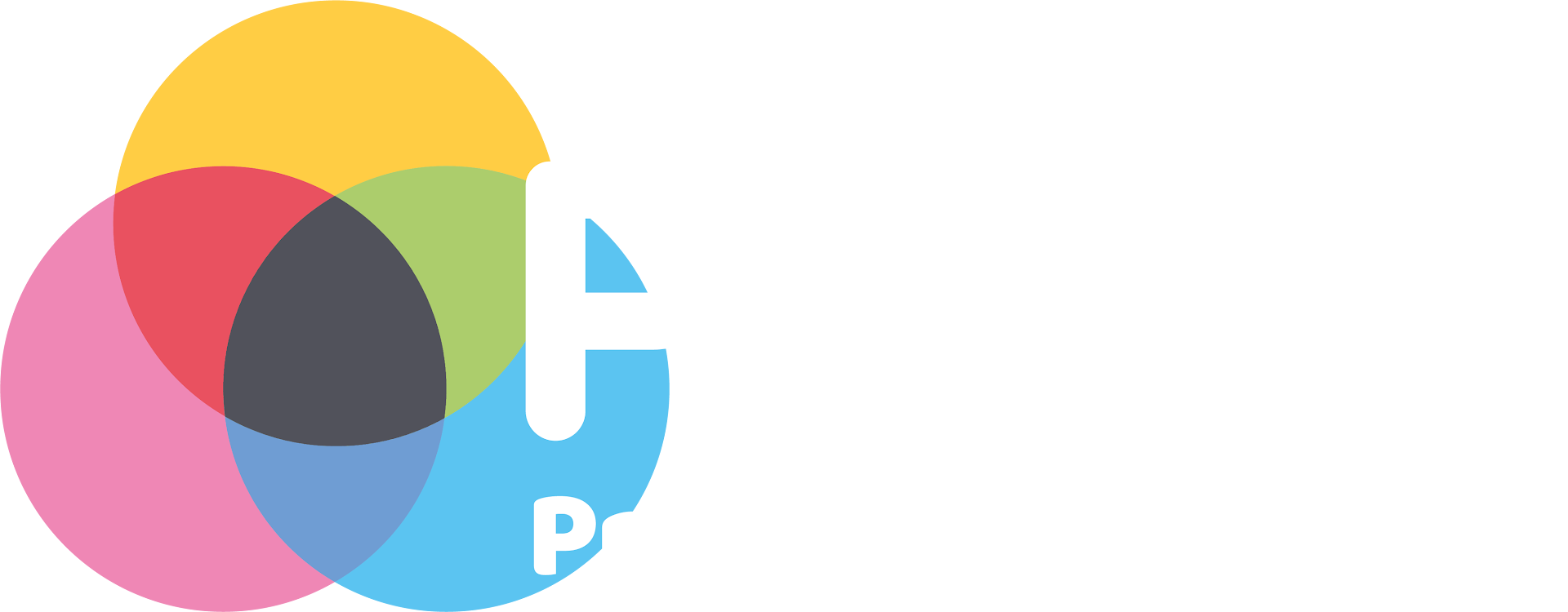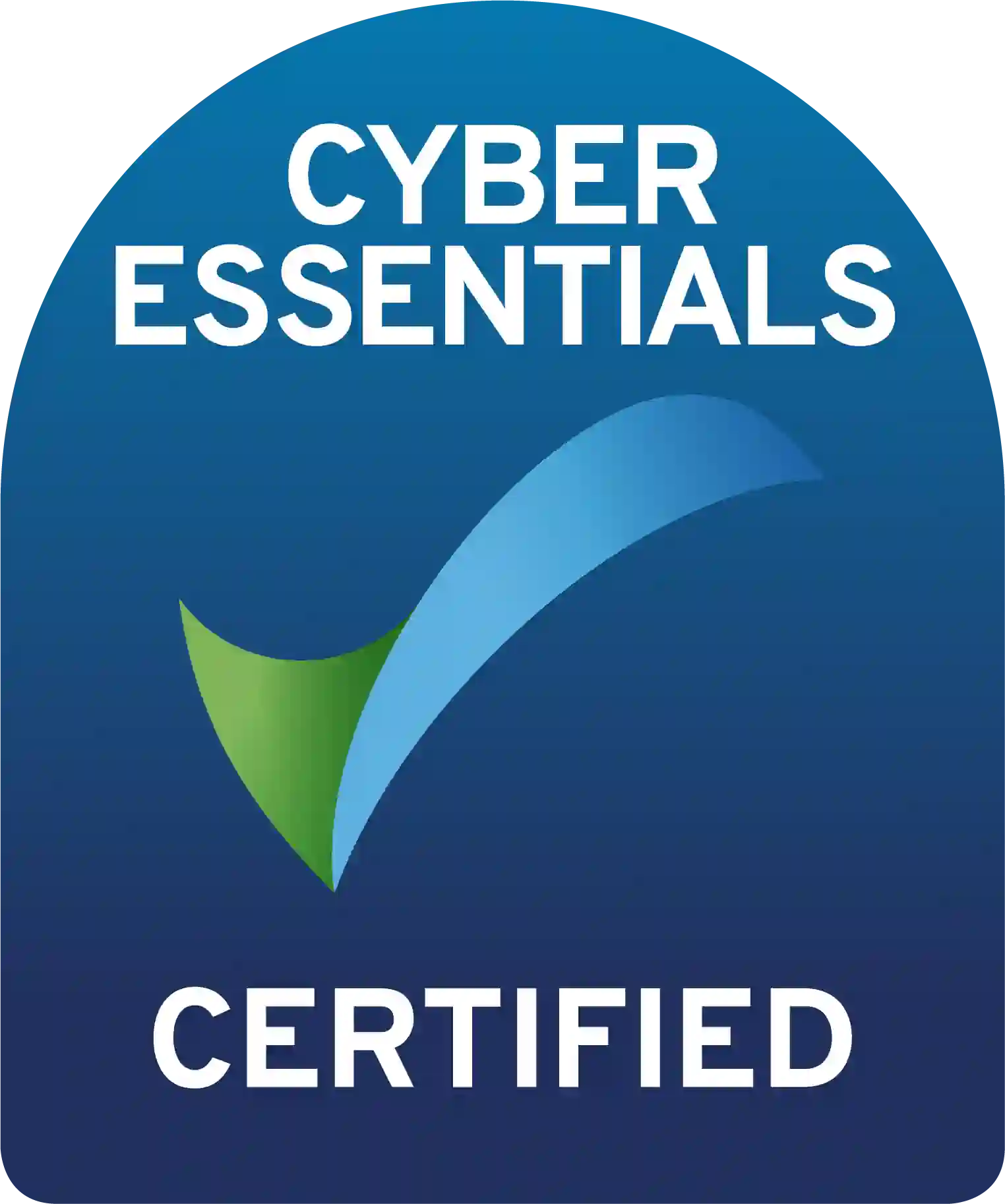How do scammers get away with cheque fraud?

Even though cheque fraud has dramatically decreased over the last decade, 2018 saw the first rise in seven years in the value of cheque fraud.
According to figures by UK Finance (the trade organisation for the UK banking and financial services sector) in 2017, the value of cheque fraud totalled £9.8 million. In 2018, this increased by a staggering 108% to £20.8 million. Further research by UK Finance shows that the volume of cheque fraud increased by only 16% which indicates that the rise in the value was more likely to be caused by a small number of high-value fraudulent cheques.
As leading providers of secure cheque printing services, Hague understands the devasting effects cheque fraud can have on businesses. To help you protect your business from being a victim of cheque fraud here is a breakdown of the main types and practical ways to prevent them:
Main types of cheque fraud
Counterfeit cheques
This is a cheque which has been printed on non-bank paper and made to look like a genuine cheque. The deceiving thing with counterfeit cheques is that they relate to a genuine bank account, but the cheque itself has been produced by a fraudster.
Cheque kiting
Cheque kiting is a kind of cheque fraud in which the scammer takes advantage of the float (i.e. the duplicate money present in the banking system in the interim period between a deposit being made and the money being deducted from a sender’s account). The scheme typically involves several accounts at different banks and involves a bank depositing accessible money into an account while waiting for cash to be processed from an account at another bank. In actual fact, the other account holds no money at all.
Cheque forgery
A forged cheque is a cheque on which the drawer’s signature has been forged or is unauthorised. The cheque is then presented for payment at a retail store or deposited for cash. Often the cheques are legitimate and have been stolen from an individual or business. There are also cases of completely false cheques in which a scammer tries to pass off a cheque that they have created themselves and that are linked to a non-existent account. These counterfeit cheques can be created using laser printers or duplicated with advanced colour photocopiers.
Altered cheques
Genuine cheques can also be fraudulently altered when a scammer alters the recipient’s name or the amount on the cheque. This can be done by a thief who uses chemicals to break down the writing on a cheque to alter the information, similar to a process known as cheque washing in which details are erased in order for cheques to be rewritten.
Tips for preventing cheque fraud
Even if most of your business’ financial transactions are done online, there may still be times you have to issue cheques. To help prevent your business from being a victim of cheque fraud, Financial Fraud Action recommends:
- Your cheques include anti-fraud features such as it being printed on security watermark paper and including holograms and MICR numbering, amongst other things
- You store cheques in a secure location such as a safe
- You destroy old cheques or keep them locked in a secure location
- You regularly check that there are no missing cheques
- That no blank spaces are left on the cheque, particularly the payee details and the amount
- You use dark ink when writing a cheque as this is more difficult to alter or rub out and replace
Hague’s Secure Cheque Printing Solutions
At Hague, we are experts in preventing cheque fraud and provide secure cheque printing for the world’s leading banks, financial organisations and corporate users in the UK and around the world. Our end-to-end service reduces costs associated with cheque printing and improves the efficiency of your cheque use.
For further details on our secure cheque printing services, complete our online enquiry form leaving your name, contact number and a brief message and a member of our printing team will be in touch shortly.
















